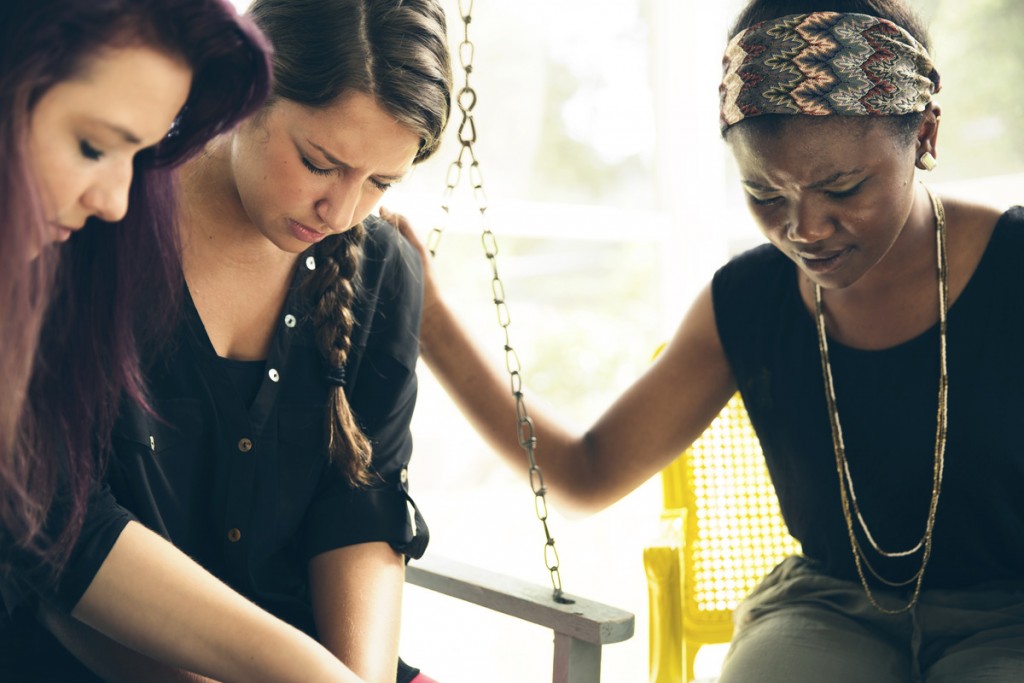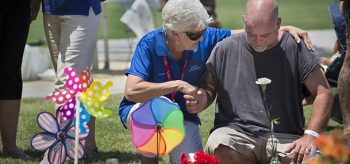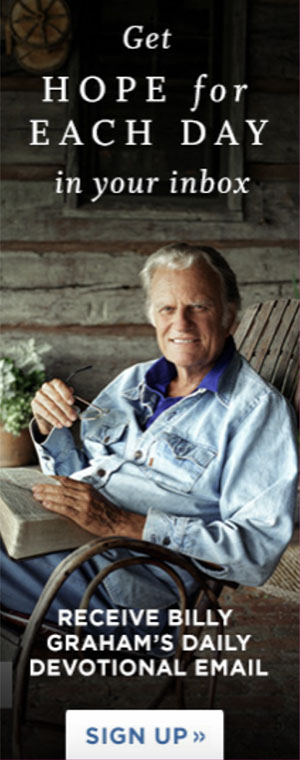
Knowing what to say—or not say—in a crisis situation is tricky. It’s even trickier if you’re a teenager just doing your best to get through the awkwardness of adolescence.
It takes courage to drill beneath the surface in troubling times, and the Sharing Hope in Crisis Student Training can help teens navigate these often rocky areas.
Recently released by the Billy Graham Evangelistic Association, this online-based program walks students, age 15-19, through Christ-centered lessons on crisis, communicating and sharing hope. The course doesn’t qualify students to become official chaplains, but it does prepare them to survive their environment and confidently serve their peers in a meaningful way.
“If there’s a group of people in America that needs encouragement and hope in the Gospel, I think it’s youth,” said Jack Munday, international director of the Billy Graham Rapid Response Team (RRT). “This material can bring that hope in the lives of kids who are so desperately seeking for answers in life.”
Video clips, downloadable articles, notes pages, discussion questions and quizzes are all part of the course, which costs $40 and has to be completed within a three-month period. Some of the reading assignments are passages pulled from timeless Billy Graham sermons.
The program’s roots can be traced to April 2010 when RRT chaplains responded to a mine explosion in Montcoal, West Virginia. Chaplains provided emotional and spiritual care to family members while rescue workers hunted for survivors. Wives, mothers and fathers received support, but an obvious gap was growing between the adults and the children. The children huddled together in their own makeshift groups.
“That was the catalyst that got our attention,” Munday said. “That’s when we started thinking about whether we should have chaplains that would minister to kids in a disaster site. We realized there was a need to reach out to youth.”
The more Munday considered the situation, the more he realized an actual disaster site was just a microcosm of the daily crises that impact the life of a teenager. In 2013, RRT piloted a live Sharing Hope In Crisis seminar for youth in the cities of Charlotte, Philadelphia and St. Louis. The six-hour training was good, but it was long. Consolidating the program became a priority and shortly after, a generous donation made it possible to put the course online. The student training mimics the online adult version, which was launched in 2004.
Sarah Burke, a 26-year-old Florida State graduate, has completed the adult training and recently test-drove the student version. Through her work with youth, Burke can appreciate the need to equip students, who seem to be enduring family-related crises on the regular. And while most teenagers genuinely have a heart to help their friends, they just don’t know how. Sometimes, that can lead to saying the wrong thing. The Sharing Hope in Crisis Student Training gives teens an idea of what to say and what to avoid.
“Just because you’re young and haven’t been through (a particular crisis), you might say something meaning well but it comes across as really insensitive,” Burke said. “At the bare minimum, getting Sharing Hope in Crisis in as many hands as possible is a preventative measure of that.”
Jimmy Maloney is 23 now, but after reviewing the course, he can easily see how this material would have served him while attending high school in Mooresville, North Carolina. High school halls are fraught with daily traumas—from breaking up with that first love to failing a class required for graduation—so Maloney thinks this course could be a perfect fit.
“At one point or another, everybody goes through a crisis situation,” Maloney said. “This course helps you deal with that more effectively. Not just for yourself, but mainly for other people around you. It’s an effective tool to minister to those in a crisis situation.”


